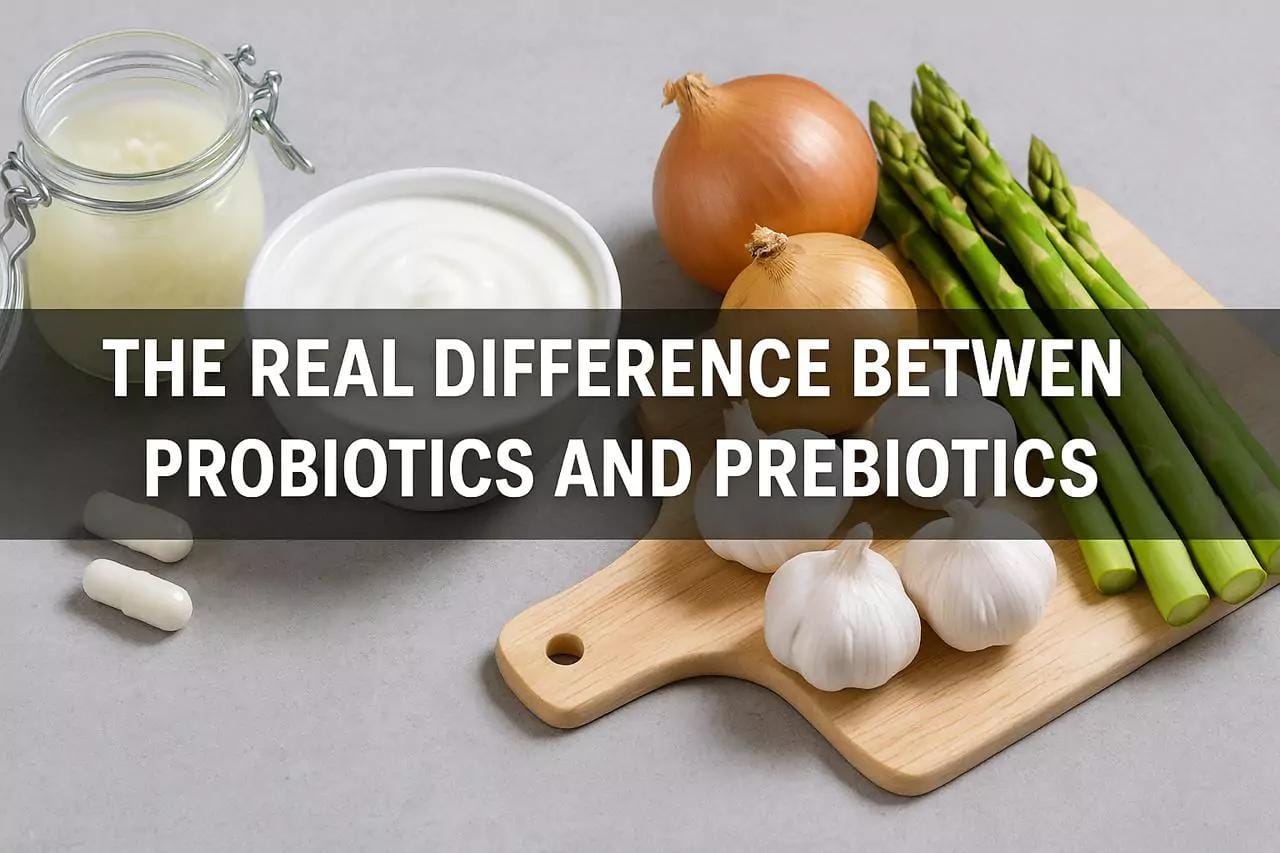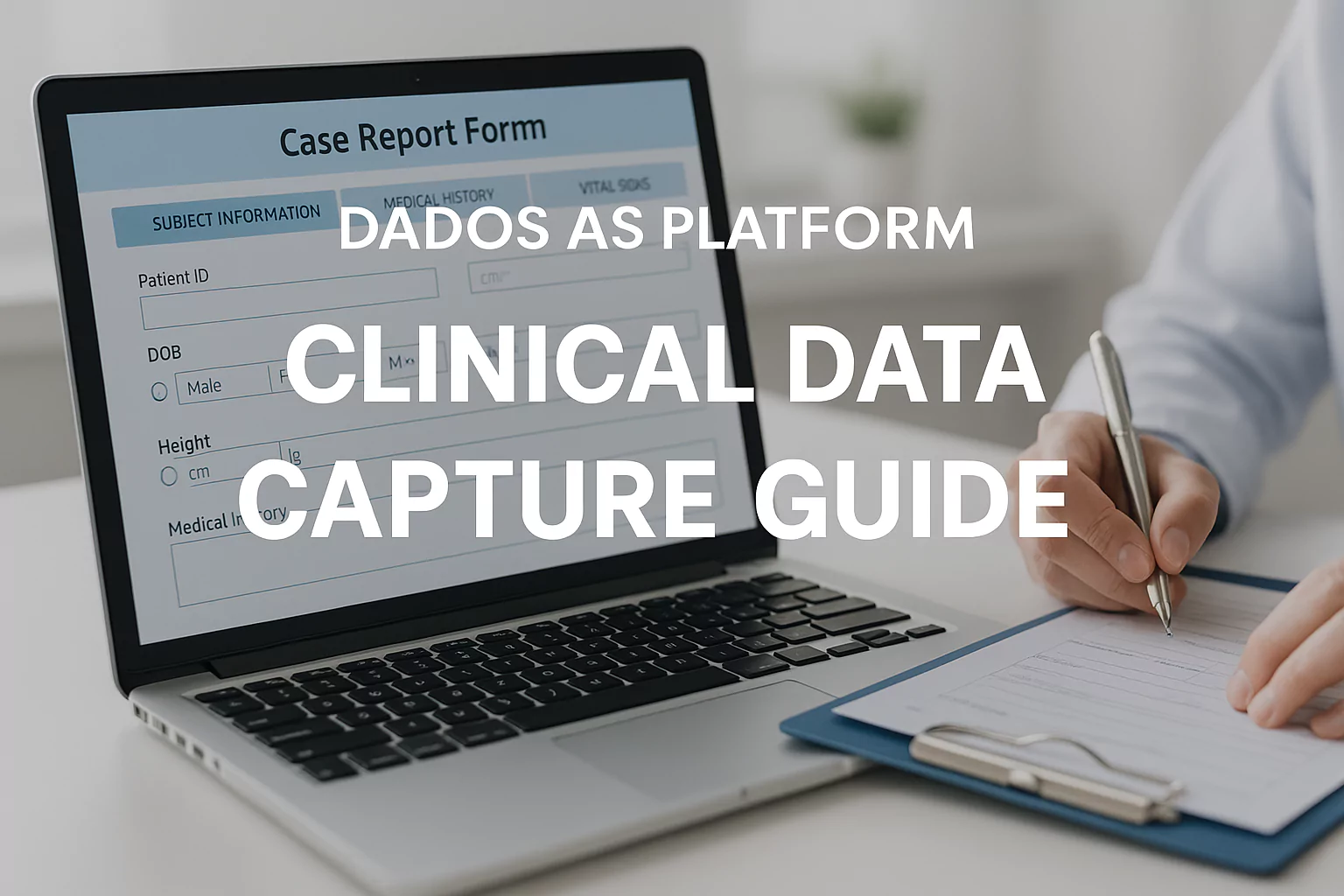How Are Prebiotics Different from Probiotics?

Prebiotics and probiotics differ in their function: probiotics are live beneficial bacteria that support your gut health, while prebiotics are non-digestible fibers that feed these good bacteria and help them thrive. Both play unique and complementary roles in maintaining a healthy digestive system, but they are not the same.
What Are Probiotics?
Probiotics are live microorganisms, mostly bacteria and some yeasts, that provide health benefits when consumed in adequate amounts. They naturally reside in your gut and contribute to maintaining a balanced microbiome—the community of microorganisms in your digestive tract.
Common Sources of Probiotics:
- Yogurt (with live cultures)
- Kefir
- Sauerkraut
- Kimchi
- Tempeh
- Miso
- Probiotic supplements
Health Benefits of Probiotics:
- Restores gut flora after antibiotic use
- Reduces symptoms of irritable bowel syndrome (IBS)
- Supports immune function
- May help reduce inflammation
- Improves lactose digestion
Probiotics are often referred to as “good” or “friendly” bacteria because of the role they play in maintaining gut health, which is essential for overall well-being.
What Are Prebiotics?
Prebiotics, on the other hand, are types of dietary fiber that the human body cannot digest. Instead, they serve as food for the beneficial bacteria in your gut, including the probiotics.
Common Sources of Prebiotics:
- Garlic
- Onions
- Leeks
- Asparagus
- Bananas
- Chicory root
- Whole grains (especially oats and barley)
- Jerusalem artichokes
Health Benefits of Prebiotics:
- Stimulates the growth of healthy gut bacteria
- Improves calcium absorption
- Supports bowel regularity
- Enhances immune function
- May help with appetite regulation and weight management
Prebiotics don’t contain bacteria themselves, but they encourage the growth and activity of helpful bacteria already present in the gut.
Key Differences Between Prebiotics and Probiotics
| Feature | Probiotics | Prebiotics |
|---|---|---|
| Definition | Live beneficial bacteria | Non-digestible fibers feeding gut bacteria |
| Function | Add healthy bacteria to the gut | Nourish existing gut bacteria |
| Source | Fermented foods, supplements | High-fiber plant foods |
| Survival | Must survive stomach acid to be effective | Not affected by digestion |
| Direct health action | May improve digestive and immune function |
How They Work Together: Synbiotics
When prebiotics and probiotics are combined, the result is called a synbiotic. Synbiotic products aim to improve the survival and colonization of probiotics in the digestive tract by giving them the fuel they need.
Examples of Synbiotic Foods or Supplements:
- Yogurt with added fiber
- Probiotic supplements containing inulin or FOS (fructooligosaccharides)
- Functional drinks with both live cultures and plant fiber
Using both prebiotics and probiotics as part of your diet helps create a balanced and resilient gut microbiome.
Why Gut Health Matters
Your gut health affects much more than just digestion. The microbiome is linked to:
- Mental health and mood regulation (via the gut-brain axis)
- Immune system effectiveness
- Weight management
- Skin health
- Risk of chronic conditions like diabetes and heart disease
Supporting your microbiome with both probiotics and prebiotics is a proactive way to boost overall health.
Tips for Adding Prebiotics and Probiotics to Your Diet
- Start slow: Especially with prebiotics, too much too quickly can cause bloating.
- Diversify your diet: Include a variety of fermented foods and plant fibers.
- Check labels: For supplements, choose ones with clearly labeled strains and amounts.
- Talk to a doctor: Particularly if you have a condition like IBS, consult your healthcare provider before starting supplements.
Final Thoughts
Prebiotics and probiotics are both crucial for gut health, but they serve very different purposes. Probiotics are live organisms that help balance your gut bacteria, while prebiotics are the fuel that keeps those organisms alive and thriving. For optimal digestive and overall health, including both in your diet is the most beneficial approach.








